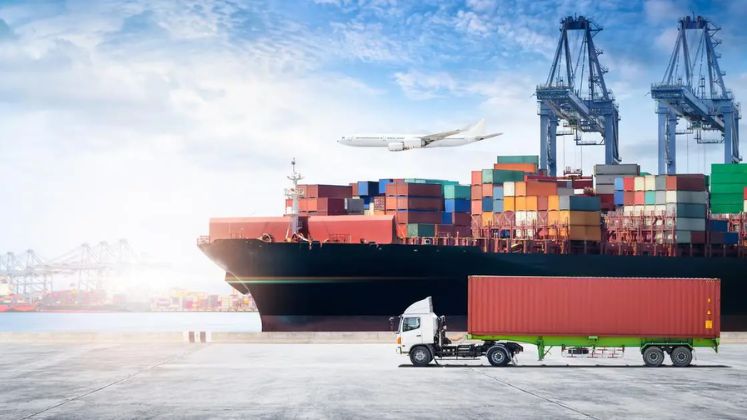
Bangladesh spends around 16% of its GDP on transporting goods from factories to consumers, well above the global average of 10%, a senior World Bank official said, warning that this burden undermines trade competitiveness and discourages investment.
At a roundtable titled Challenges, Opportunities, and the Way Forward in the Logistics Landscape in Dhaka, senior transport specialist Nusrat Nahid Babi of the World Bank’s Dhaka office gave the remarks.
According to her, ineffective transport systems account for 35–54% of logistics expenses, and brittle infrastructure is so susceptible that even moderate rain can cause delays on highways and terminals.
More than 62 regulatory bottlenecks were noted by the official, many of which might be avoided with improved coordination as opposed to significant financial outlays. She advocated for digitalisation, multimodal connection, timely project execution, and the development of logistics skills. In order to guarantee that agencies work together, Babi also suggested creating a national logistics council.
The government wants to finish a national logistics policy within a month in order to improve port and transportation infrastructure, draw in more foreign direct investment (FDI) and ease export bottlenecks, according to Mohammed Yousuf, senior secretary of the Ministry of Shipping. The draft strategy lays out an action plan encompassing ministries, regulators, and the corporate sector and outlines 62 coordination difficulties across several agencies.
Yousuf pointed out that Bangladesh only received US $ 3 billion in FDI in 2023, significantly less than Vietnam (US $ 18 billion) and India (US $ 250 billion).
The port of Chattogram, which handles more than 90% of cargo traffic, is running at capacity, he admitted. With the World Bank finance for the breakwater in place and the Bay Terminal project moving forward, expansion is happening, although slowly. Under a public-private partnership (PPP) model, PSA Singapore, DP World of Dubai, and Saudi Arabia’s Red Sea Gateway Terminal have been shortlisted for tenders, which are anticipated in two months.
An e-auction system for abandoned containers and e-document submission are two other examples of the continuous port digitisation that Yousuf mentioned. He pointed out that there aren’t enough locomotives on the Dhaka–Chattogram rail line and proposed allowing private companies to transport cargo. There are still legal obstacles in the way of new shipping agent licensing and revised tariff systems.
Later this month, a six-month performance assessment and a national logistics coordination meeting are planned for Chattogram.
The president of the Bangladesh Knitwear Manufacturers and Exporters Association (BKMEA), Muhammad Hatem, issued a warning, stating that the nation may not meet its export goal of $100 billion due to delays, poor management, increasing demurrage fees, and illicit payments.
In order to address legal and bureaucratic obstacles, irregular customs procedures, the 2020 coastal shipping ordinance’s shortcomings, growing licensing fees, and the possibility of non-compliance with the International Maritime Organization’s green fuel mandate by 2028, Azam J. Chowdhury, president of the Bangladesh Ocean Going Ship Owners’ Association, called for the creation of a taskforce.
The head of Policy Exchange Bangladesh, M Masrur Reaz, called for the swift execution of over 60 policy action items, such as PPP-led port and rail projects and a multimodal logistics master plan. He suggested giving the shipping ministry implementation leadership and removing restrictions on foreign ownership in logistics.






